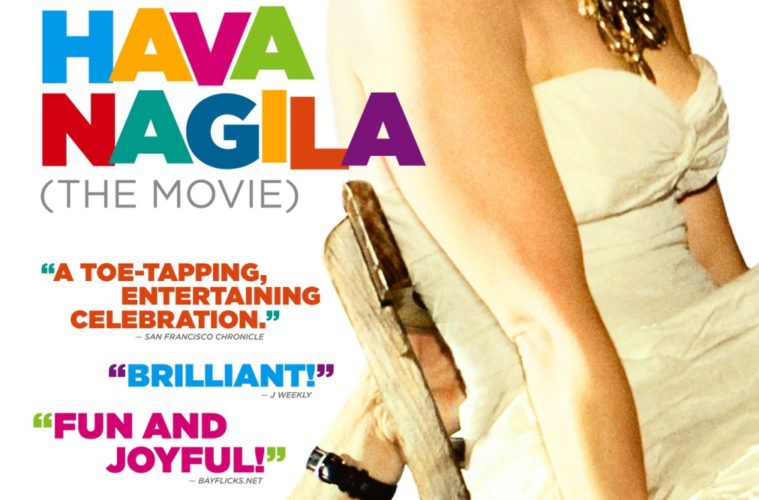Music is one of the most maleable cultural artifacts. Novels can rely on too many specific elements and contexts, on top of require quite a bit of time and attention to absorb fully. Movies likewise require too many working parts to be assimilated into life fully, outside of specific scenes or lines. Music, though, only lasts a few minutes, involves elements like rhythm and melody that transcend language and context, and is meant to be consumed during other activities that lend it an added staying power in the consciousness. It’s a highly adaptable medium, and one that delivers in just a few short minutes all of the concentrated history and meaning that went into its creation.
This is the type of thing that you probably don’t think about until you are brought on a journey following a single song from its humble beginnings to its current status as a pop culture punchline and a piece of social shorthand. Roberta Grossman’s Hava Nagila: The Movie is just such a film, a documentary that begins with a song so simple and elemental that everyone knows it, even if they don’t know they know it, and then unravels the various strands of social, historical, and ethnic meaning until a greater meaning becomes clear.
The song in question is Hava Nagila, a Jewish tune that will be memorable to anyone who has ever watched anything that portrayed a Jewish wedding or Bar Mitzvah. It has permeated our culture to a point that it exists almost as a musical cue that signifies that we have entered a Jewish moment in a film or television show. This film seeks to answer some elemental questions regarding the provenience of the song, as well as its cultural meaning in the Jewish community after so many decades of dilution and assimilation.

One of the major questions that faces any documentary is the value of using the documentary form to convey information. Often times, a documentary could function just as effectively as a New Yorker feature, or a radio program. Something about the subject or execution of a documentary has to speak to the visual medium, justifying itself in the mind of the viewer. Hava Nagila dances across this line repeatedly, but in the end it falls firmly on the side of necessary, which is surprising given the entirely auditory nature of its subject.
Most of the reason that this documentary succeeds is owned to its sense of humor about itself. It has a clever way of introducing and labeling its procession of talking heads, in addition to marking out its various chapters. Not only that, but Hava Nagila (the song) lends itself to a certain amount of passion form those who talk about it. From those who can’t help but talk about it without breaking into the Hora (the dance that is traditionally associated with the song) to those who revile the song with an inescapable scowl, there is a sense of purpose and feeling that meets the Hava Nagila that should be seen to be believed.
More than any other song matched to any other ethnicity of religion, the Hava Nagila finds itself linked to Judaism. It’s an kind of unspoken, accepted idea. This is the documentary that can not only help you understand why that is, and what the song truly means, but gain a greater understanding of the way that music – and any culturally relevant piece of art – can be brought to the fore in a way that makes it stand for something much greater than it did when it began.
Hava Nagila: The Movie is now in limited release.

